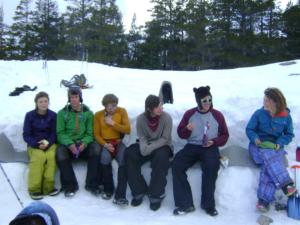The Rolling Stones are one of the most influential bands of all time, the longest standing band in the history of rock’n’roll, and one of the most controversial as well. On this day February 12, 1967, forty-six years ago, the Chichester police of West Sussex, Southeast England, raided Keith Richards mansion during a party, lead guitarist of the Stones, and Mick Jagger, Lead singer, on suspicion of drugs.
At the party were some friends and of Jagger’ and Richards’s including Marianne Faithful, Jagger’s girlfriend at the time and someone whom was considered as the “Acid King” a drug dealer named David Sniderman, accused of tipping off the police. He left London the next day to head back to the US. Faithful was accused of being found in an indecent position with a chocolate Mars Bar.
Just a little bit after eight o clock on the 12th, there was a loud knock on Richards’s door. Richards opened the door to eighteen police officers holding a warrant to search the premises and the persons in them, under the Dangerous Drugs Act of 1965.
Jagger was accused of illegally possessing four tablets containing amphetamine sulphate and methylamphetamine hydrochloride. Richards was charged with allowing his house to be used for the purpose of smoking cannabis. Both Jagger and Richards pleaded not guilty to the charges and were released on bail to appear in trial later on that year.
Both Jagger and Richards were both released from their sentences do to the fact that their sentences were considered very harsh for first time offences. The appeal to their sentences was marked as void.
Sniderman, after many years, revealed to his family and friends that he was an informant for MI5 and the FBI. The intention was to set up the Rolling Stones on a drug charge in hope to put an early end to their long lasting career.
Sources for the information.


